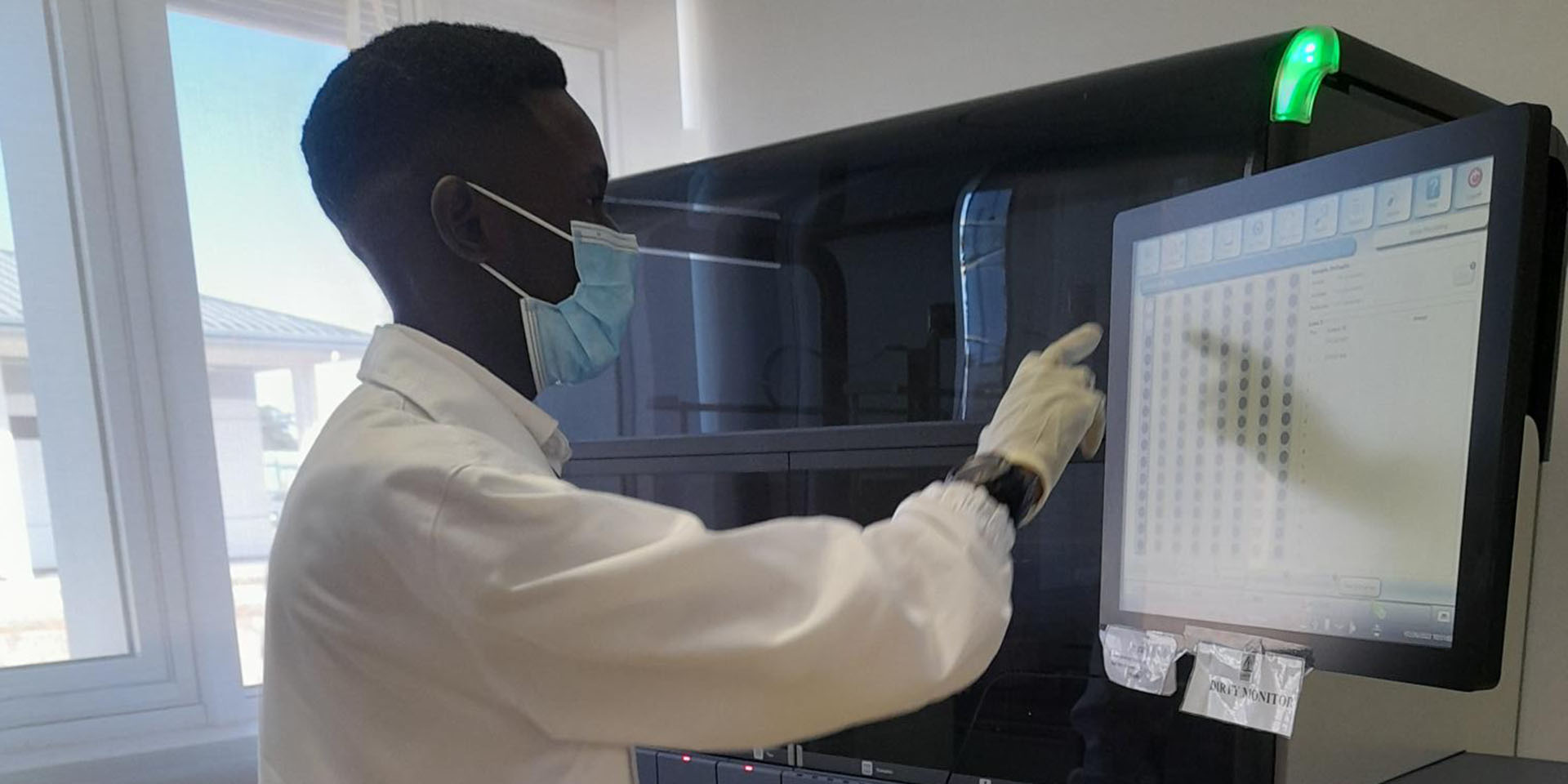Previously, the separate reagent items required for viral load testing were procured individually by the government from multiple suppliers, arriving on different days from different suppliers with different expiry dates. All these items had different handling and storage requirement conditions which were difficult to maintain as deliveries went first to the Zambia Medicines and Medical Supplies Agency (ZAMMSA) central warehouse, and then to each testing lab. Purchasing different items, sometimes as many as 11 components per test, from different suppliers with different expiry dates was difficult to track. This often led to frequent halts in testing while waiting for delivery of the missing reagent or consumable item.
All 24 individual testing sites now have ownership for data and stock management which has minimized interruptions in testing due to expiries or stockouts. Reagents are now delivered directly to each testing lab as bundles (cocktails) based on each lab’s usage data. GHSC-PSM works with the Ministry of Health to centrally manage consumption data from each lab, and manage procurement of bundled reagents from the vendors. The replenishments for the inventory in the labs are centrally aggregated by the project with support from the MOH. This has reduced handling errors and ensured products do not expire on the shelves of the testing labs.
